How to make a list of only a few special patterns? This is a challenge.
I decided to review prior posts that have gotten the most comments so far, over the 8+ years that I’ve been writing on Diary of a Dishie.
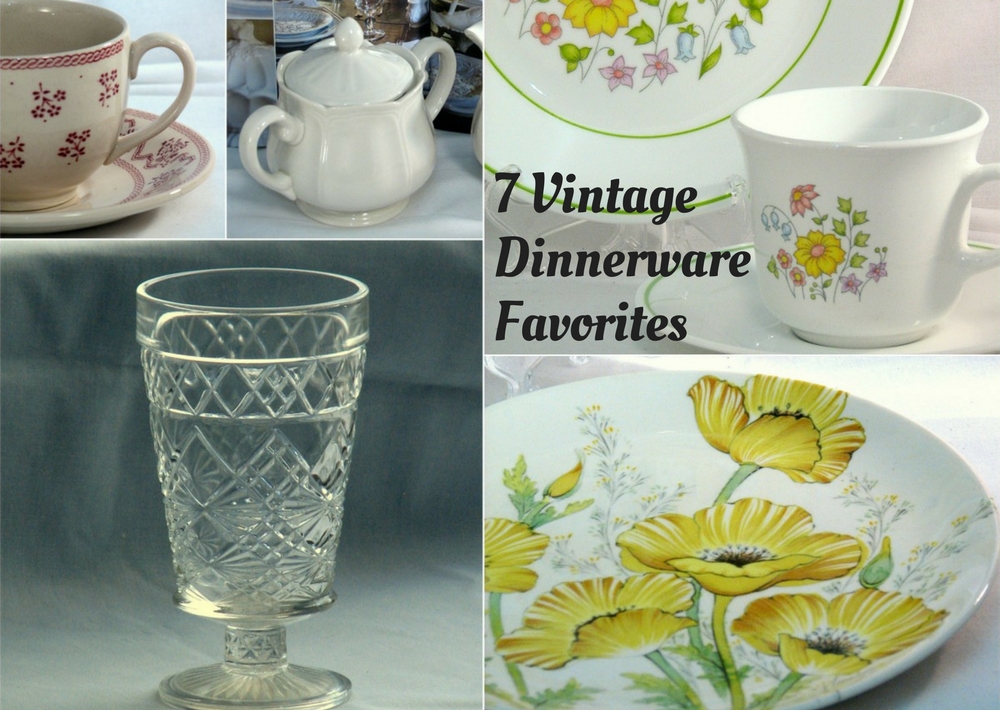
I enjoyed this review of favorite wares. It was like stopping by a friend’s house for a chat to catch up on things!
You might like these, too. Just pour a cup of coffee or tea, and read on as you wish.
Readers had a lot to say about long-time favorites like these:
Federalist by Sears. This dinnerware was made in white, two tones of yellow (Buttercup and Lemon), a blue and white pattern (Mayhill), a floral pattern (Country French), and other versions, too. Federalist by Sears has been discontinued for many years, but still has a following of dish lovers who have owned it and used it for years.
Corelle by Corning is a favorite among buyers of both new and vintage dishes. Corelle was my first dinnerware when I got my first place. Corelle is a perennial and practical dinnerware.
Readers weighed in on some well-known dinnerware brands, too:
Noritake has been around for decades, and is another product that has a following of affectionate followers. Sought-after vintage patterns include a dramatic flower motif called Buttercup.
Mikasa is a style leader for many years. Its Potter’s Art line of stoneware has a dedicated following. This is another product line that I have in my own collection.
Another group of special wares are sweet and charming, though not as widely known as some others:
Fantasia by Florenteen. This is the kind of ware your grandmother might have collected piece by piece. Fantasia is very pretty on your table, whether in a single place setting, or a full service for 12 with all the matching serving pieces.
Petite Fleur by Laura Ashley is a flowered pattern which was made in pink and in blue. This English dinnerware is not that easy to find, but people who love it search for it on both sides of the Atlantic.
And not to be left out, there is a glassware classic with lots of memories for a lot of people:
Big Top was sold in the peanut butter aisle, filled with this spreadable childhood favorite. Once you ate your sandwiches, you washed out the glass goblet to use for other things. Big Top glasses were made by the thousands, with just about as many stories to tell about them.
I hope this tour of vintage china and dinnerware makes for an enjoyable trip, whether you are one of my regular readers, a newcomer who loves vintage, or exploring some new territory you never knew about before. Welcome to the world of vintage dishes!
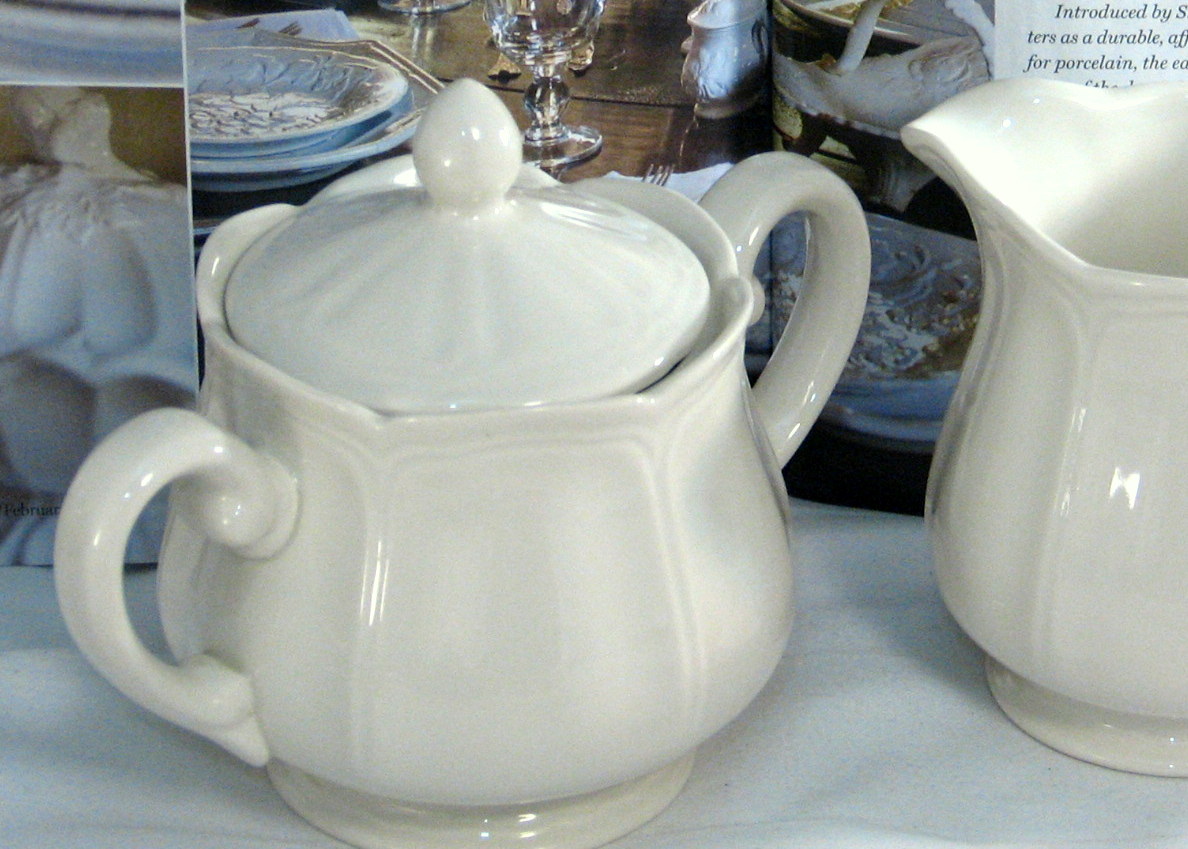
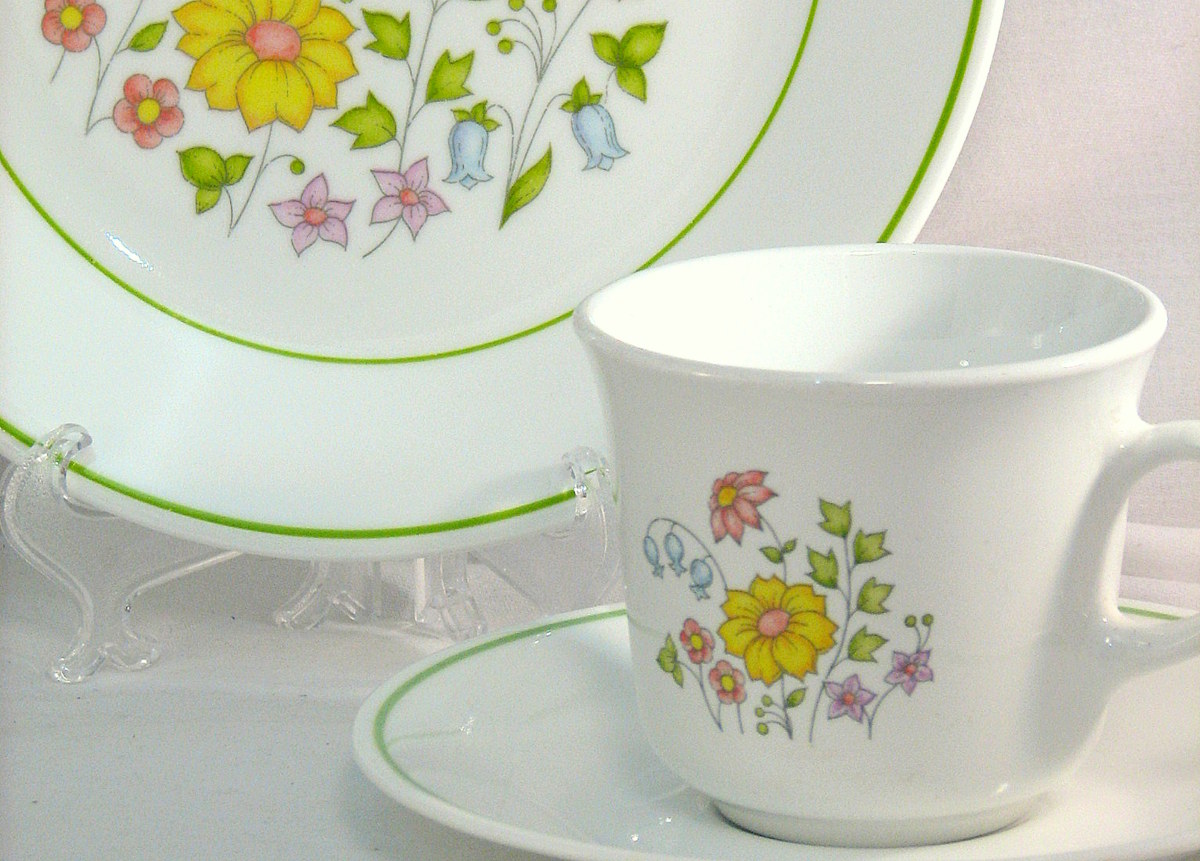
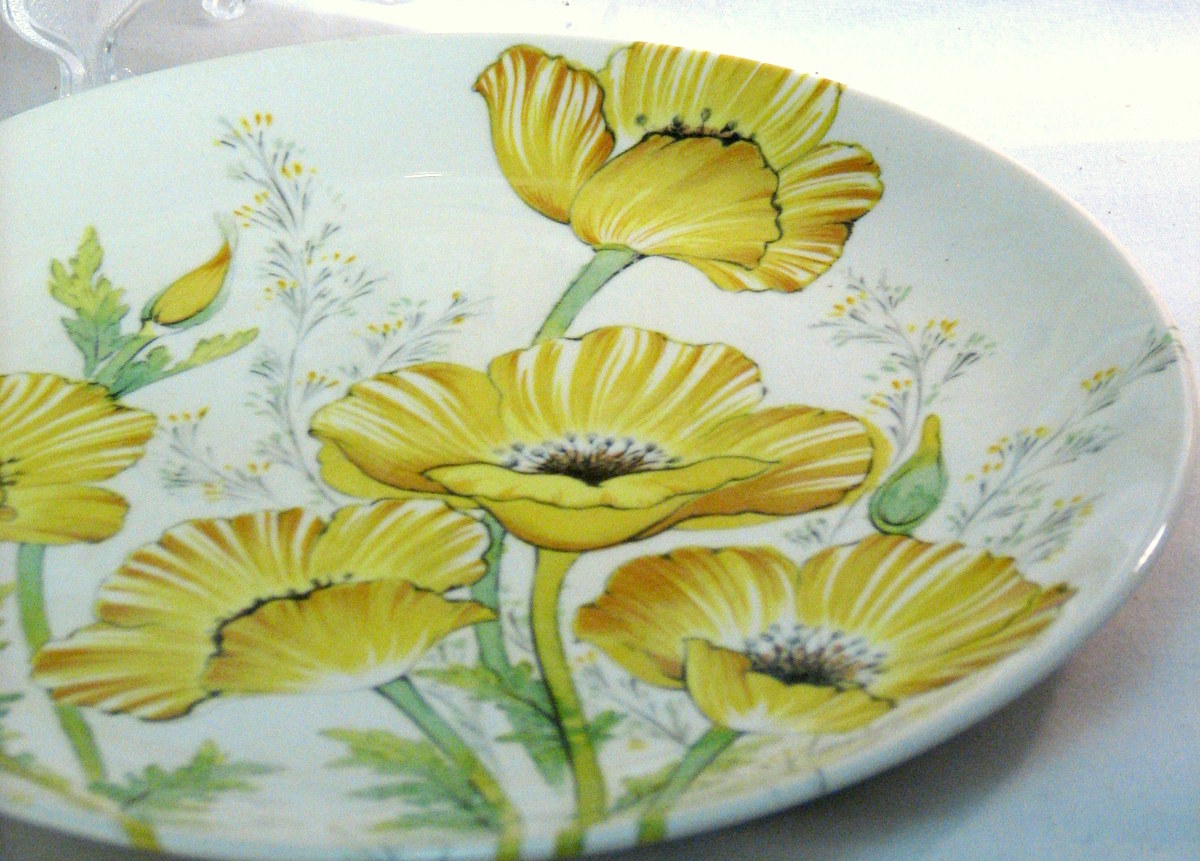
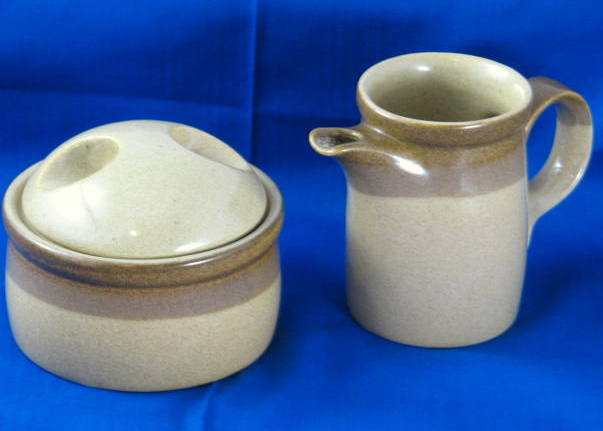
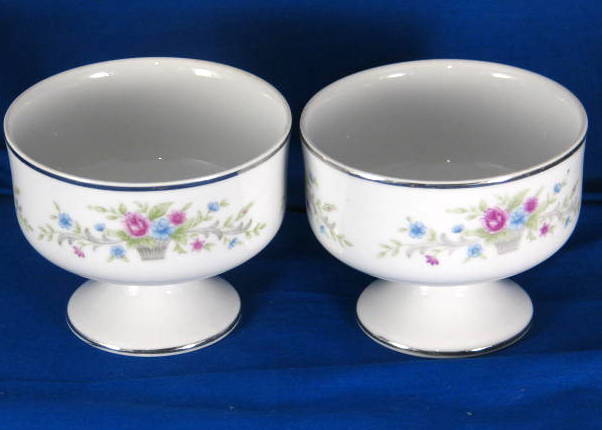
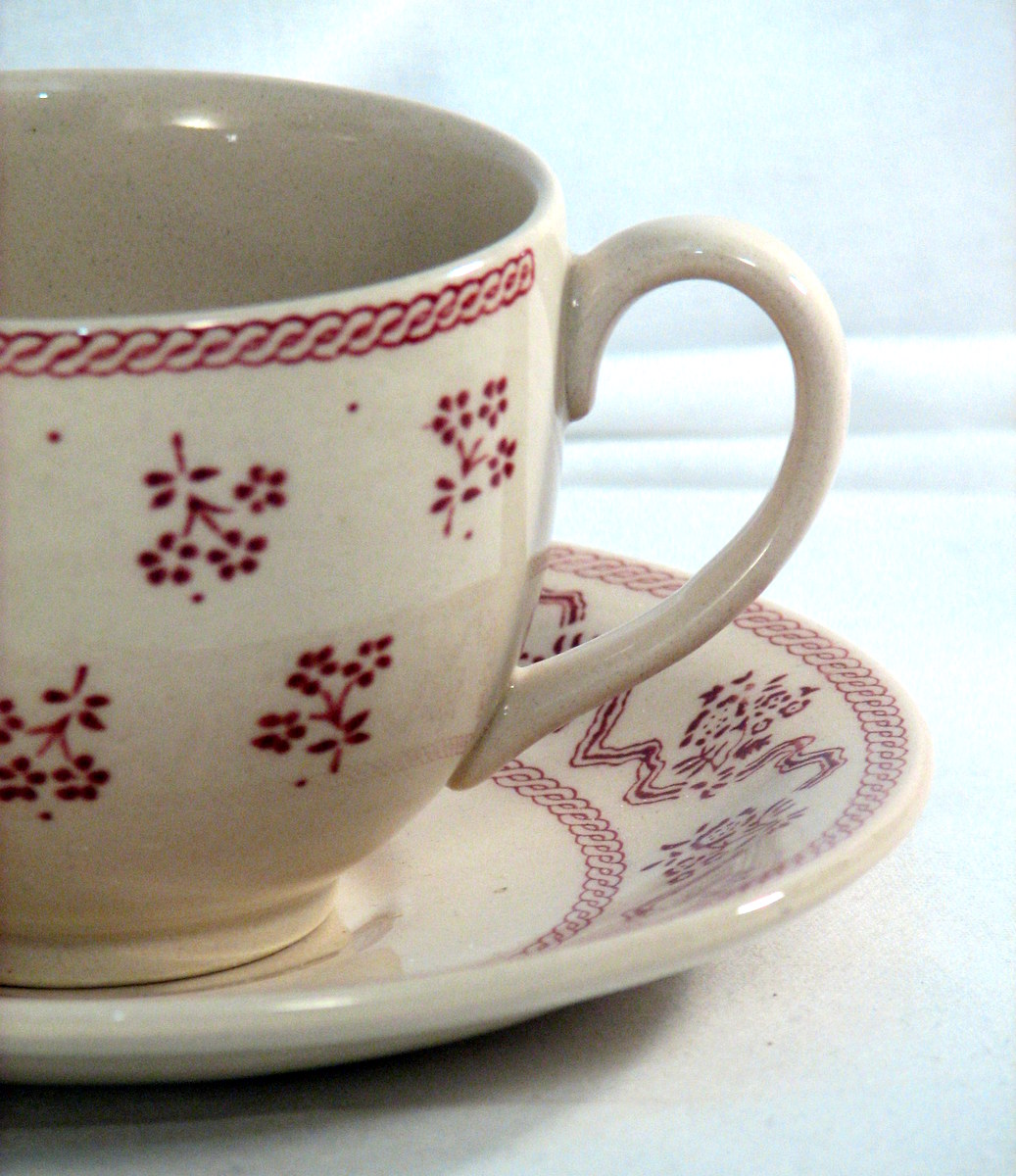
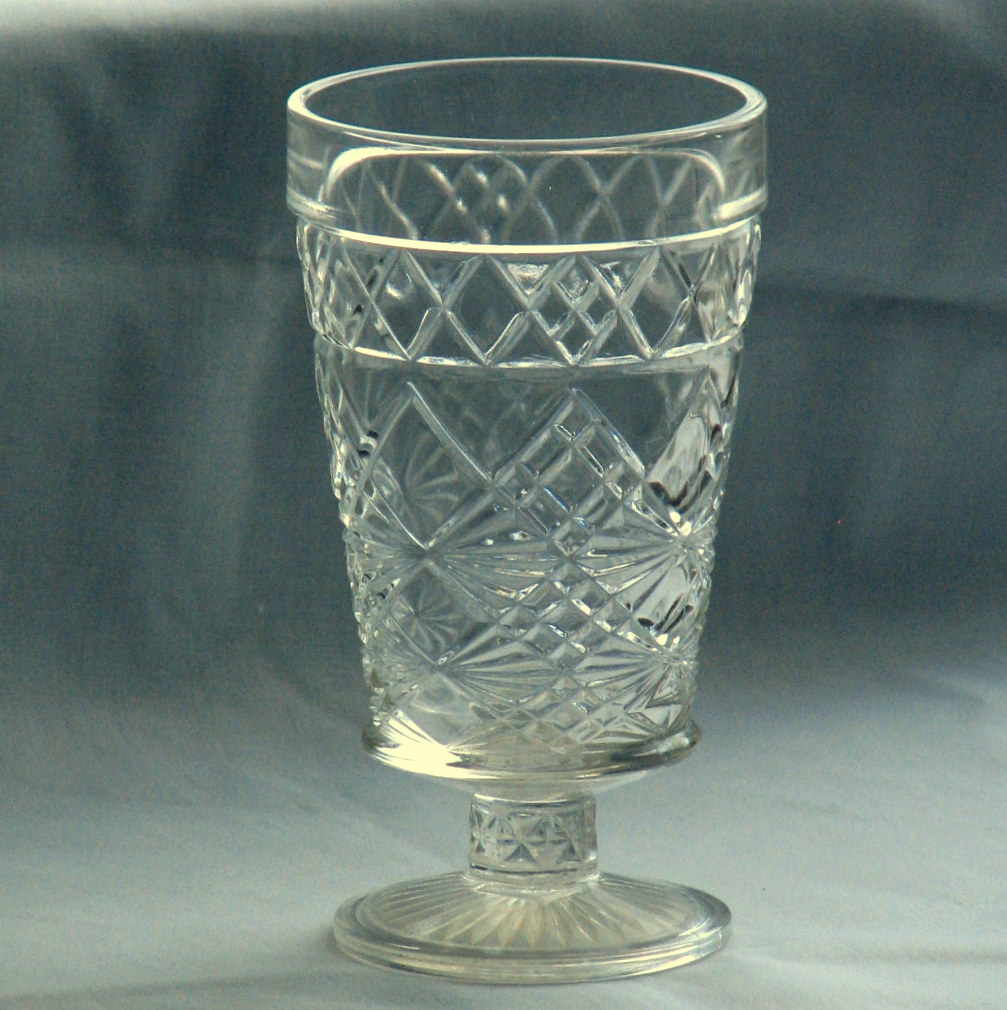
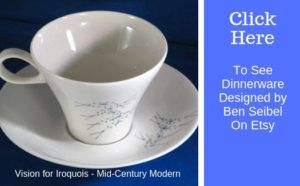
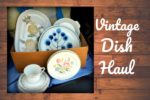
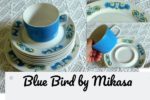
I have the Anchor Hocking “Vintage” snack set pattern. Some of my cups have a grape leaf on the bottom, some have a daisy-type design on the bottom, and some are plain. Some cups have a plain, smooth handle and some have a bumpy handle. Can you tell me the significance of the differences, or a good source for this information? Thank you so much.
Hello Margaret!
Glassware is tricky because a lot of it is not marked, and companies were bought and sold, as were the molds they used for this kind of glass.
It seems likely that the cups that have the grapes were made to go with the pattern. Over time, another mark could have been used, or the bottoms left plain. Also, cups from one pattern used pretty much interchangeable with those from another. The same goes for the handles.
I wish I could be more certain. If you’re looking to add to your set, I would look for vintage sets of Vintage sold in the original boxes. (Look down when you’re in the thrift shop.) I see lots of snack sets when I shop.
I’ve also found some information in old magazines, from the 1950s or 1960s, that run ads for dishes and glass. They might not go into detail about bottom marks, though. If you can find old catalogs (in paper or digital format) they could also help.
There is a private museum for Anchor Hocking in Texas, that I have never been fortunate enough to visit. If you look that up online, you will find the contact information. The curator may be able to tell you a lot more. He has written several books about this glassware. The best way to learn is to see it in person, if you can arrange it.
I hope this helps!